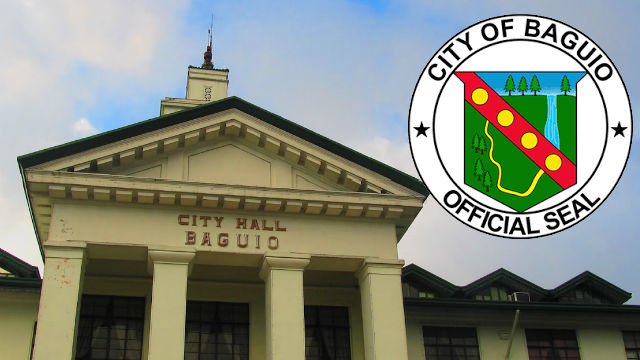PASAY CITY – The energy department and the National Electrification Administration (NEA) will be implementing a 3-pronged approach to ensure that the government will be able to fulfil its goal of fully energizing the country by 2022.
NEA Administrator Edgardo Masongsong revealed that included in the newly crafted energization program is the aggressive implementation of the household electrification program, the mini-grid electrification program and the off-grid electrification program wherein all the outlined strategies will involve the active participation of the private sector.
As of June 30, 2018, the NEA reported there are around 1,924,000 households around the archipelago that do not have electricity considering they are in unviable areas where the cost of bringing power to them is huge.
Further, the agency stated that there are still around 19,740 sitios that remain unenergized but the budgetary requirements for the energization of around 3,950 sitio have already been provided in the previous and present appropriations.
Under the household electrification program, the government will be providing the supposed budgetary requirements for the provision of electricity to the identified poor households that include stringing the power lines to the houses, among other basic requirements, to connect power to such structures. Under the mini-grid electrification program some 500 households will be energized through hybrid means, employing a combination of renewable energy and fossil fuel among other interventions, to ensure the availability of power to the consumers.
For the off-grid electrification program the government intends to connect some 100 households in island communities with the use of similar hybrid sources of power to make ensure availability of quality and reliable power to the consumers in the said places.
Masongsong explained there are still households in unserved and underserved areas that need to be provided with electricity to help in increasing economic activities in the countryside, so people need not flock to urban areas to look for sustainable sources of livelihood and still be able to provide for their family needs in their places.
Based on the NEA’s criteria, unserved areas are the communities that totally do not have power while underserved refer to areas that do not have 24-hour power service.
According to him, the appropriate utilization of renewable energy sources in the countryside is being aggressively promoted by the government so that interested private sector partners willing to undertake the mini-grid or off-grid electrification programs could use the available renewable energy sources in the designated unviable areas to be able to bring quality power to the said places.
Masongsong claimed that the desire of private sector partners to take over the energization of waived unviable areas within their franchise area should serve as a challenge to electric cooperatives to improve their performance, and to prevent whatever complications that will arise in the future once the concerned ECs will not be able to fulfil their obligations with the consumers of providing quality power at the cheapest cost possible.
By Dexter A. See













